Gallery: Honoré Daumier and Paula Rego - a conversation across time | reviews, news & interviews
Gallery: Honoré Daumier and Paula Rego - a conversation across time
Gallery: Honoré Daumier and Paula Rego - a conversation across time
One was driven by a sense of social injustice, the other by a fascination with stories that hint at psychological disturbance
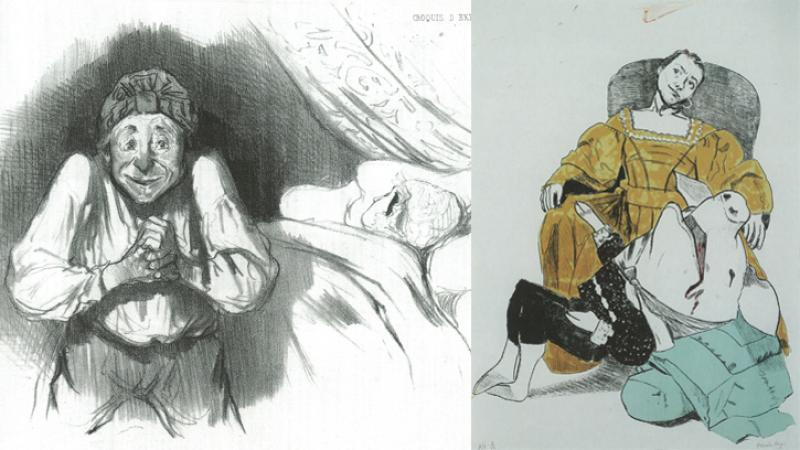
Baudelaire called him a “pictorial Balzac” and said he was the most important man “in the whole of modern art”, while Degas was only a little less effusive, claiming him as one of the three greatest draughtsman of the 19th century, alongside Ingres and Delacroix.
Honoré Daumier has always been held in the highest esteem by fellow artists, both in his own time and today, with contemporary artists such as Peter Doig and Paula Rego keen admirers. But beside his technical skills, Daumier was also among the most socially alert and politically engaged artists of the 19th century. A socialist and staunch republican in post-Napoleonic France, he lampooned the corrupt and the privileged and was a close ally and champion of the poor. His sense of deep kinship with the downtrodden was no doubt rooted in his own extremely humble origins.
One of Daumier’s most scurrilous caricatures, a cartoon of King Louis-Philippe as Gargantua, appeared in the satirical magazine La Caricature in 1831. Depicting a monstrously fat King gulping down sacks of gold bought to him on the backs of exhausted labourers, it earned him a six-month prison sentence. Thereafter, he had to learn to pull his punches as new censorship laws came into force. But his keenly felt sense of injustice never left him.
Like Daumier, Rego is also known for depicting fantastical scenarios which are also acutely observed from life, and, in Rego's case, ones that throb with psychological tension and take their inspiration from literature, children's fiction and fairytales. Like him too, she is a brilliant storyteller with an exquisite and expressive line.
Her illustrative works are often produced in series, as Daumier’s was, and like him, Rego favours lithography, a printmaking technique invented at the turn of the 18th century and conducive to drawing freely and directly on a flat, traditionally limestone, surface. In Daumier’s day it was an ideal medium for mass production, used by a rapidly expanding newspaper and advertising industry.
In an exhibition co-curated by Rego at the House of Illustration, we’re invited to explore a conversation in which themes, ideas and compositional devices speak to one another across time.
- Paula Rego/Honoré Daumier: Scandal, Gossip and Other Stories at House of Illustration until 22 March, 2015
Click image to enlarge
Share this article
The future of Arts Journalism
You can stop theartsdesk.com closing!
We urgently need financing to survive. Our fundraising drive has thus far raised £49,000 but we need to reach £100,000 or we will be forced to close. Please contribute here: https://gofund.me/c3f6033d
And if you can forward this information to anyone who might assist, we’d be grateful.

Subscribe to theartsdesk.com
Thank you for continuing to read our work on theartsdesk.com. For unlimited access to every article in its entirety, including our archive of more than 15,000 pieces, we're asking for £5 per month or £40 per year. We feel it's a very good deal, and hope you do too.
To take a subscription now simply click here.
And if you're looking for that extra gift for a friend or family member, why not treat them to a theartsdesk.com gift subscription?
more Visual arts
 'We are bowled over!' Thank you for your messages of love and support
Much-appreciated words of commendation from readers and the cultural community
'We are bowled over!' Thank you for your messages of love and support
Much-appreciated words of commendation from readers and the cultural community
 Lee Miller, Tate Britain review - an extraordinary career that remains an enigma
Fashion photographer, artist or war reporter; will the real Lee Miller please step forward?
Lee Miller, Tate Britain review - an extraordinary career that remains an enigma
Fashion photographer, artist or war reporter; will the real Lee Miller please step forward?
 Kerry James Marshall: The Histories, Royal Academy review - a triumphant celebration of blackness
Room after room of glorious paintings
Kerry James Marshall: The Histories, Royal Academy review - a triumphant celebration of blackness
Room after room of glorious paintings
 Folkestone Triennial 2025 - landscape, seascape, art lovers' escape
Locally rooted festival brings home many but not all global concerns
Folkestone Triennial 2025 - landscape, seascape, art lovers' escape
Locally rooted festival brings home many but not all global concerns
 Sir Brian Clarke (1953-2025) - a personal tribute
Remembering an artist with a gift for the transcendent
Sir Brian Clarke (1953-2025) - a personal tribute
Remembering an artist with a gift for the transcendent
 Emily Kam Kngwarray, Tate Modern review - glimpses of another world
Pictures that are an affirmation of belonging
Emily Kam Kngwarray, Tate Modern review - glimpses of another world
Pictures that are an affirmation of belonging
 Kiefer / Van Gogh, Royal Academy review - a pairing of opposites
Small scale intensity meets large scale melodrama
Kiefer / Van Gogh, Royal Academy review - a pairing of opposites
Small scale intensity meets large scale melodrama
 Jenny Saville: The Anatomy of Painting, National Portrait Gallery review - a protégé losing her way
A brilliant painter in search of a worthwhile subject
Jenny Saville: The Anatomy of Painting, National Portrait Gallery review - a protégé losing her way
A brilliant painter in search of a worthwhile subject
 Abstract Erotic, Courtauld Gallery review - sculpture that is sensuous, funny and subversive
Testing the boundaries of good taste, and winning
Abstract Erotic, Courtauld Gallery review - sculpture that is sensuous, funny and subversive
Testing the boundaries of good taste, and winning
 Edward Burra, Tate Britain review - watercolour made mainstream
Social satire with a nasty bite
Edward Burra, Tate Britain review - watercolour made mainstream
Social satire with a nasty bite
 Ithell Colquhoun, Tate Britain review - revelations of a weird and wonderful world
Emanations from the unconscious
Ithell Colquhoun, Tate Britain review - revelations of a weird and wonderful world
Emanations from the unconscious
 Rachel Jones: Gated Canyons, Dulwich Picture Gallery review - teeth with a real bite
Mouths have never looked so good
Rachel Jones: Gated Canyons, Dulwich Picture Gallery review - teeth with a real bite
Mouths have never looked so good

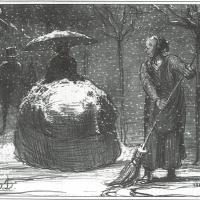
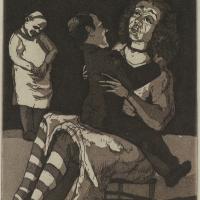
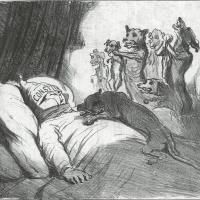
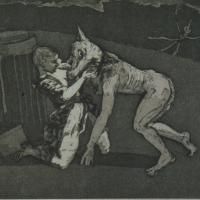
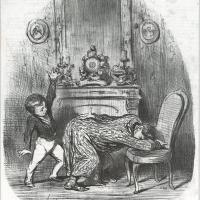
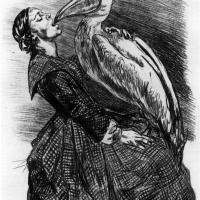
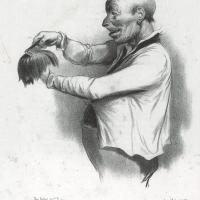
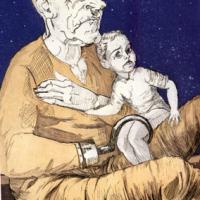
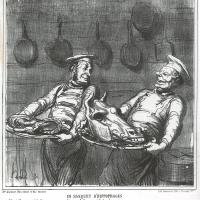
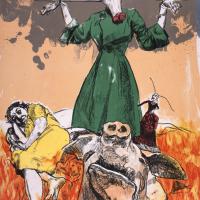

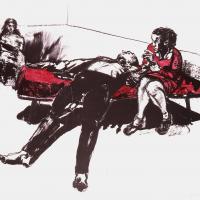
Add comment